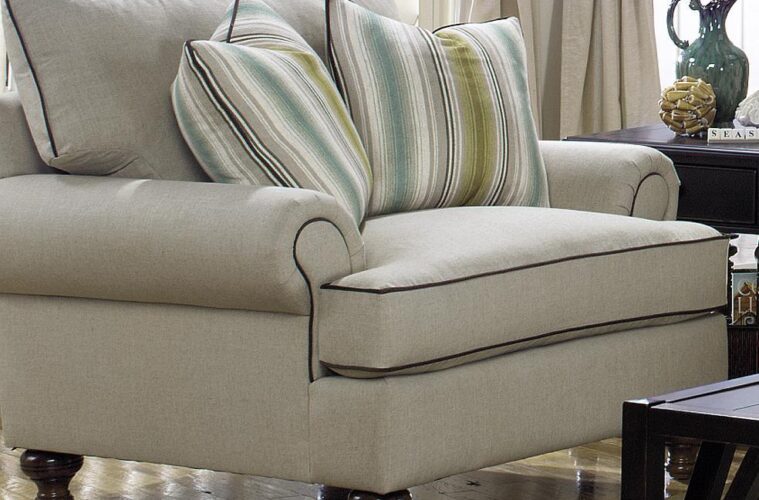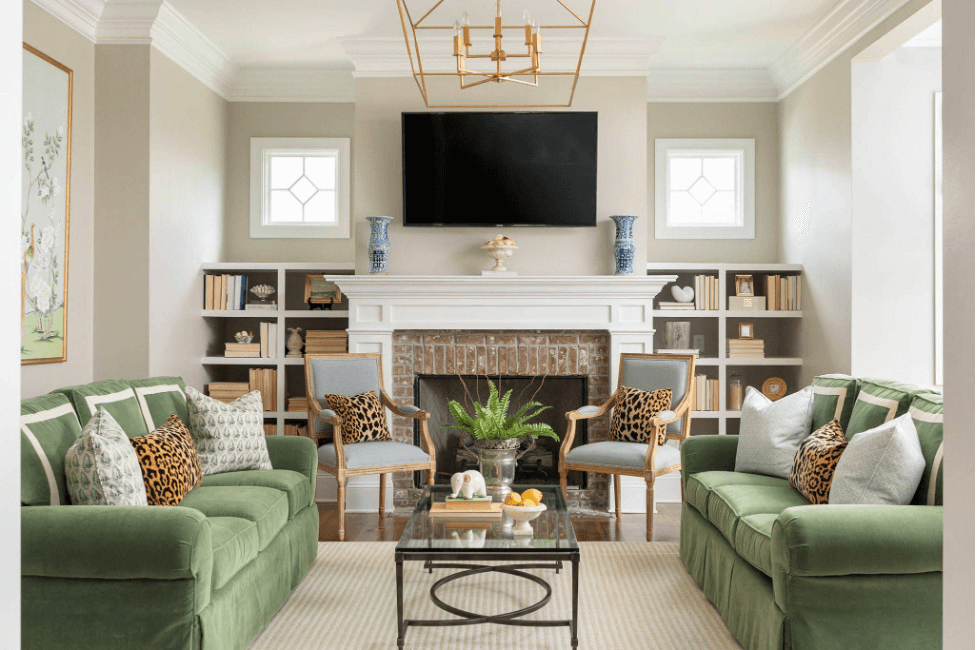Upholstery is the process of covering furniture such as chairs, sofas, and ottomans with fabric and padding. It’s an art form that has been around for centuries – and continues to be an important aspect of interior design.
Not only does upholstery protect furniture from wear and tear but can also transform its appearance, giving it a fresh and updated look.
Whether you’re looking to bring new life to an old piece of furniture or add a unique touch to your home décor, upholstery can help.
Upholstery History
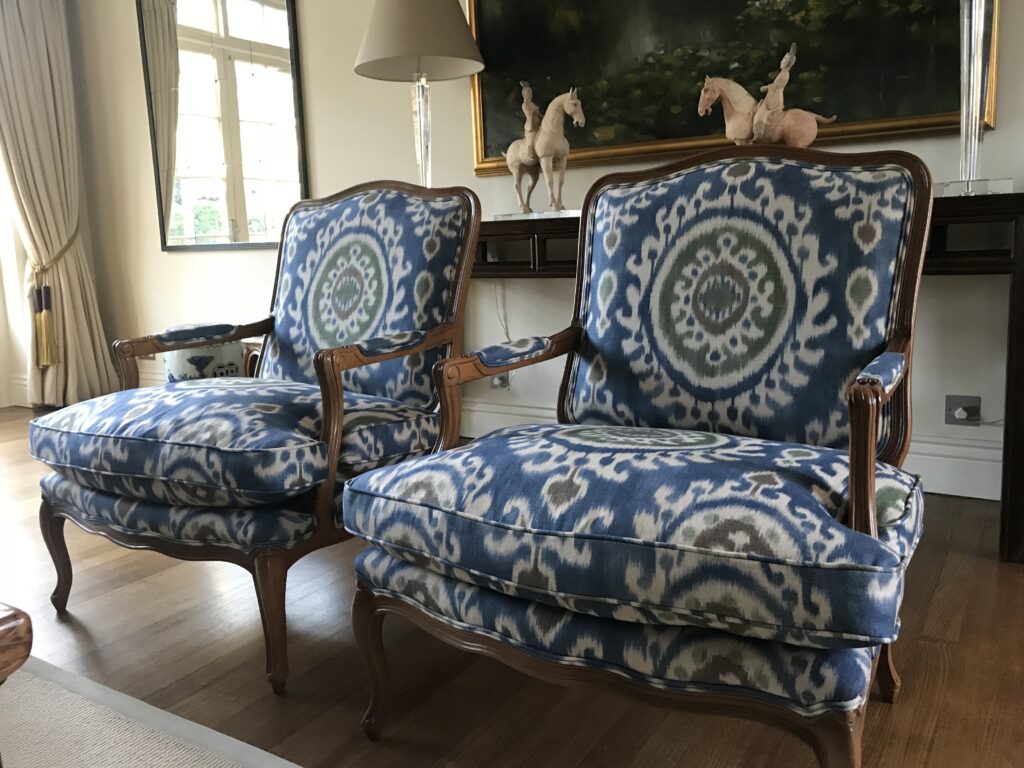
source: pinterest.com
Upholstery has a long and rich history, dating back to ancient civilizations…
In ancient Greece and Rome, upholstery was used to cushion seating in public spaces and to provide comfort in homes.
During the Middle Ages, upholstery was a luxury reserved for royalty and the wealthy. Over time, it became more widely available and was used to create comfortable and elegant furnishings for homes of all styles and sizes.
What Fabrics Are Used in Upholstery?
There are many different types of fabrics that can be used. Some of the most popular include cotton, linen, leather, and suede.
When choosing a fabric, it’s important to consider factors such as durability, stain resistance, and ease of cleaning.
For example, leather is a durable and long-lasting option, but can be more difficult to clean than cotton or linen. On the other hand, cotton and linen are easy to clean and maintain but may not be as durable as leather.
As well as fabrics, other things can be added to a piece of furniture, either for decoration or added function and comfort. Accessories you can add or change include sofa feet, which can alter the height or look of a sofa – you may even want to add some wheels so you can move the furniture around easily.
Using Upholstery Foam
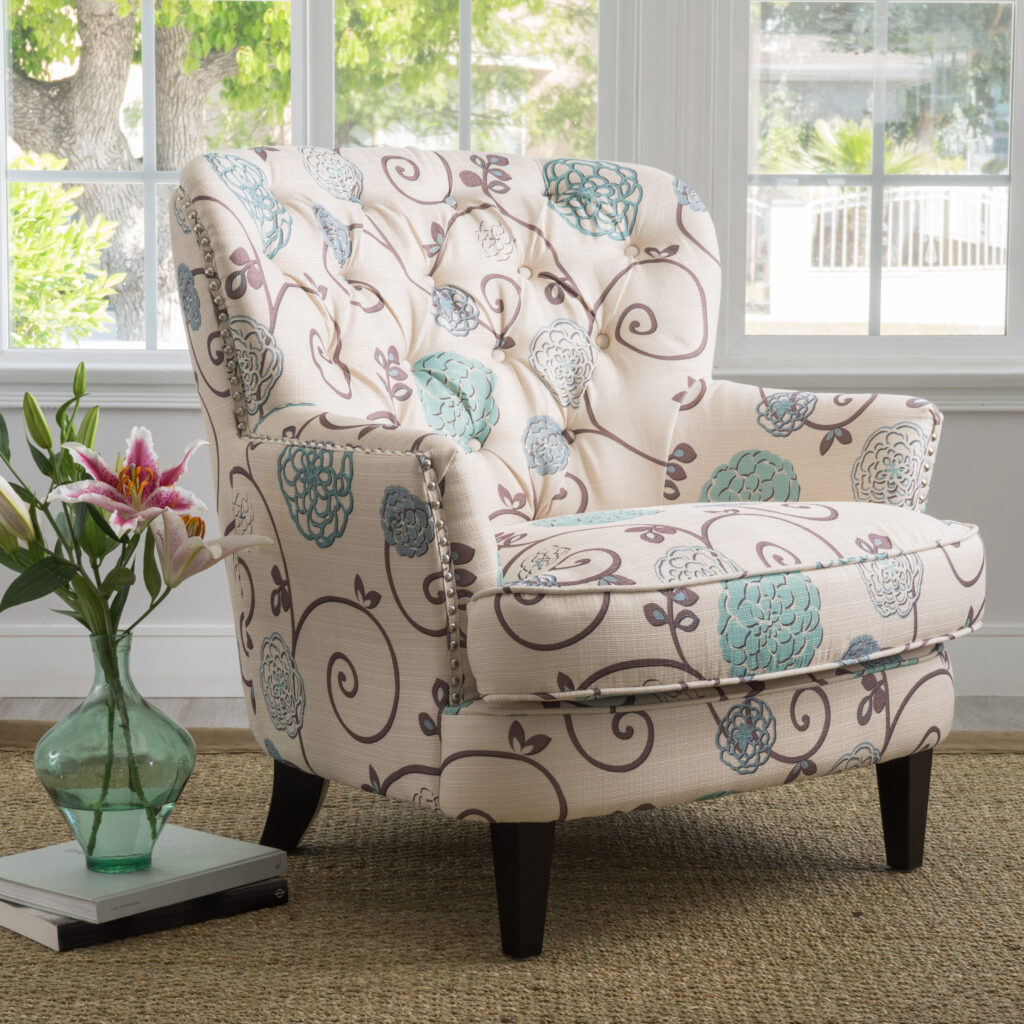
source: pinterest.com
Upholstery foam, also known as upholstery sponge is used in order to provide cushioning and support to furniture. There are several types of foam that are commonly used, including polyurethane, memory foam, and high-density foam.
The type of foam you choose will depend on the type of furniture you are upholstering and the level of comfort you are looking for. For example, memory foam provides excellent comfort and support, but may not be the best option for furniture that is frequently used.
The Upholstery Process
The upholstery process typically involves several steps, including stripping the old fabric and padding, repairing any damage to the frame, cutting and attaching new foam, and finally, covering the furniture with the new fabric.
Depending on the complexity of the piece and the level of customization you want, the process can take anywhere from a few hours to several weeks.
DIY Vs Professional Upholstery
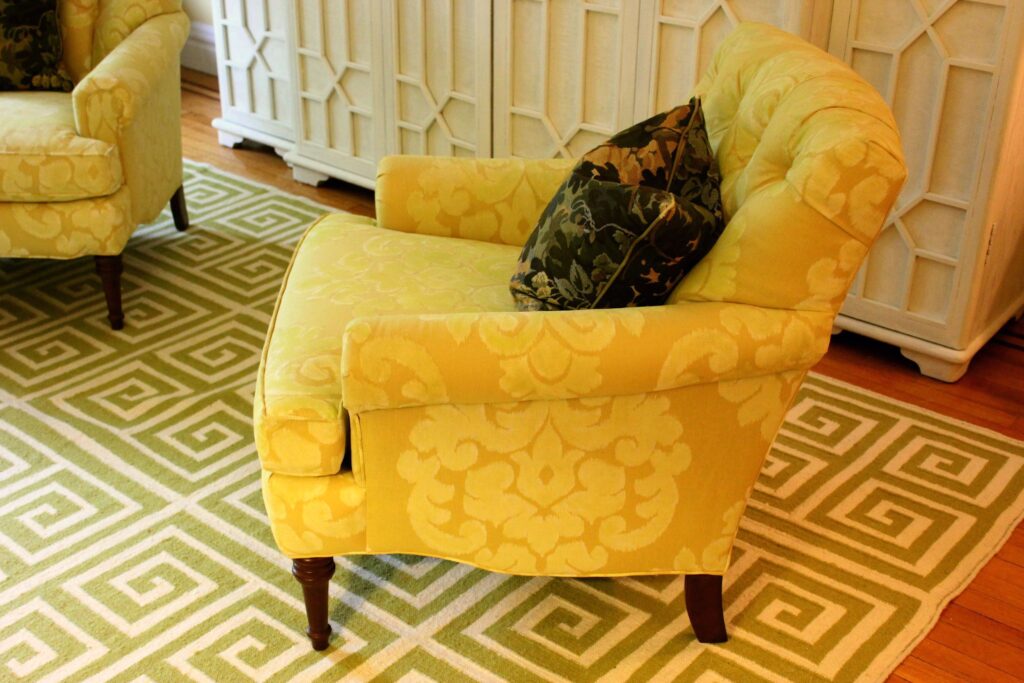
source: pinterest.com
For those who are handy with tools and have experience working with fabric and padding, a DIY upholstery project can be an enjoyable and rewarding experience. However, it can also be challenging and time-consuming, so for those who lack the experience or time, professional upholstery is a great alternative option.
A professional upholsterer will have the knowledge, experience, and tools to complete the job quickly and effectively, and will be able to handle any repairs or customizations that are needed.
Benefits of Upholstery
Upholstery has many benefits, including:
- Transforming the look of your furniture
- Protecting your furniture from damage
- Increased comfort, thanks to padding
- Customization – enabling you to personalise
- Can be more cost-effective than buying a new piece
- There are also environmental benefits of reusing old furniture and reducing waste
Choosing the Right Upholstery Materials
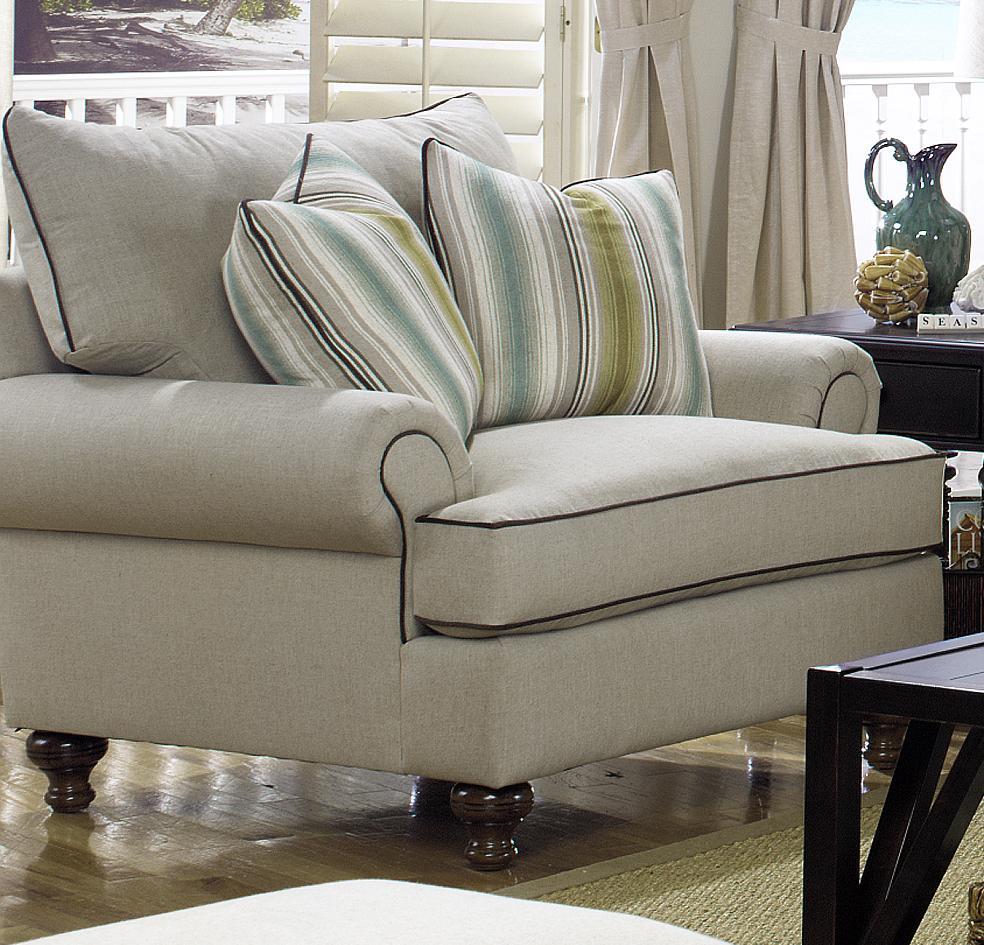
source: pinterest.com
When choosing upholstery materials, there are several factors to consider, including:
Purpose: Consider the intended use of the furniture. If it’s for a high-traffic area, choose a durable and stain-resistant fabric. If it’s for a more relaxed setting, choose a fabric that is soft and comfortable.
Colour and pattern: Consider the colour and pattern of the fabric you choose. Neutral colours are a great choice for those who want a classic and timeless look, while bold patterns can add a burst of light and personality to your space.
Budget: Upholstery materials can range in price, depending on the type of fabric and foam you choose. Determine your budget before you start your project to avoid overspending.
Final Thoughts
Upholstery is a centuries-old art form that continues to remain important. It’s a great way to repair or personalise your home décor and by considering factors such as intended use, colour, pattern, and budget, you can choose the right upholstery for your furniture and create pieces that are both functional and beautiful.

